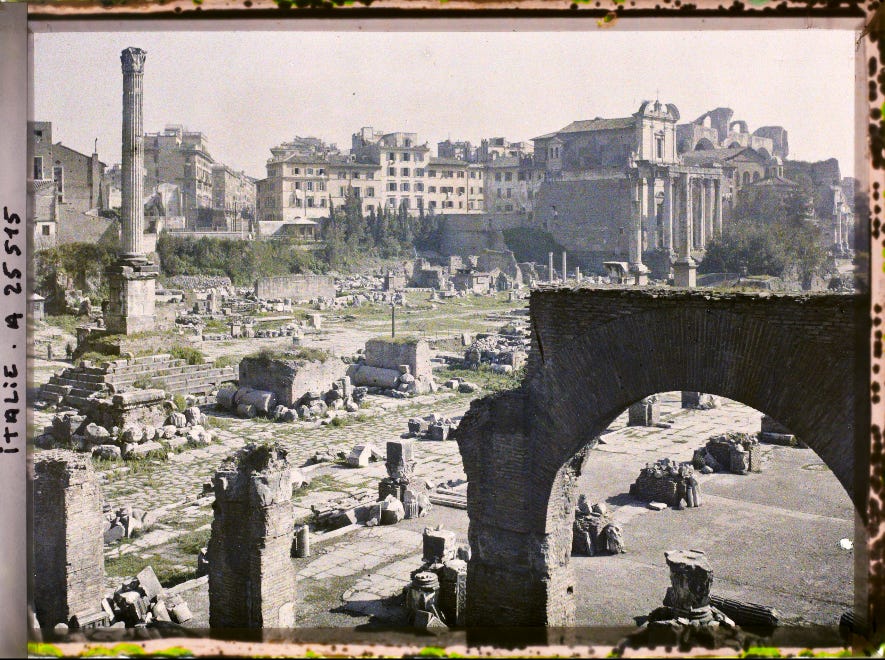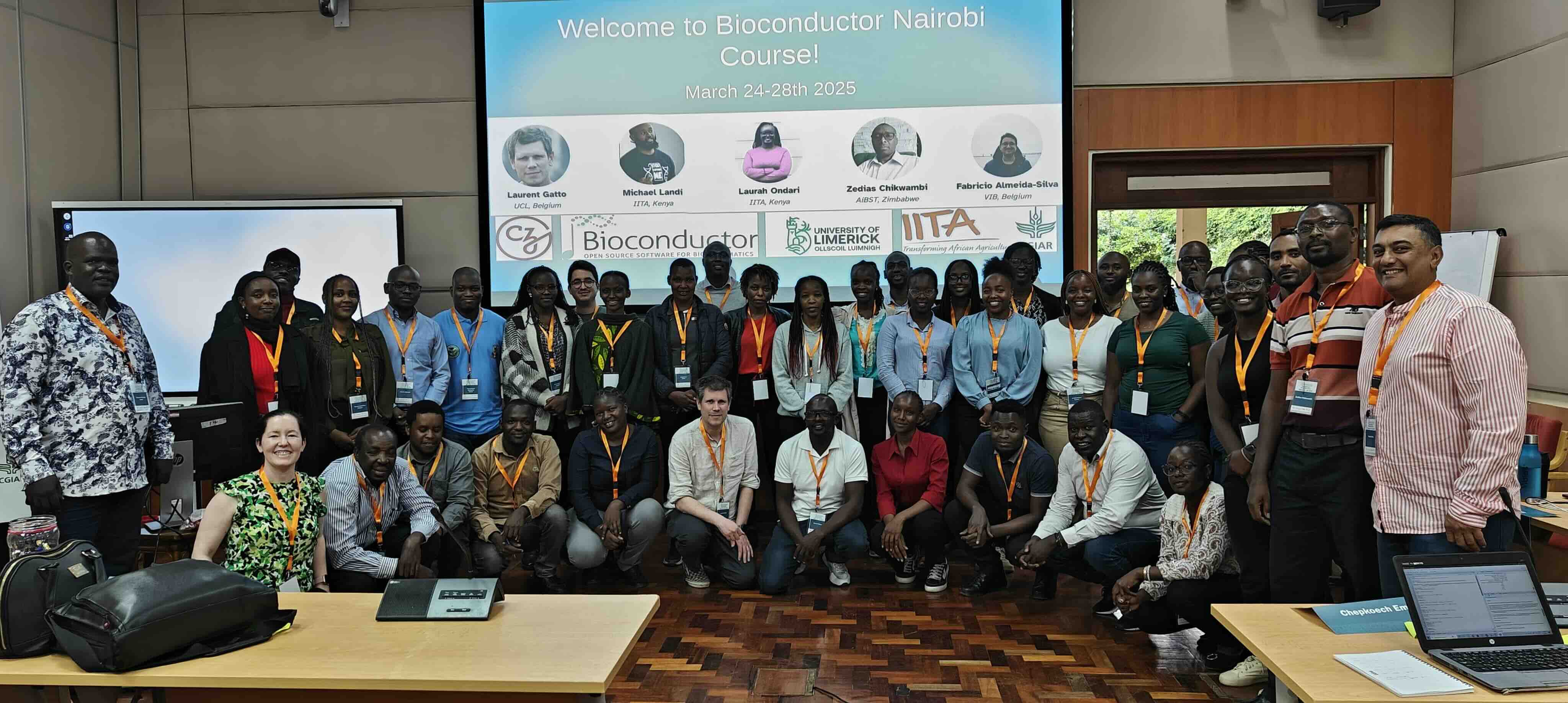In this series of posts about the electronic effects in small sulfur rings I have explored increasingly large induced geometric effects.
Rogue Scholar Gönderileri

This post is part of a living literature review on societal collapse. You can find an indexed archive here. When we talk about societal collapse, we usually talk about the factors that led to the collapse of a given civilization. However, you could also turn this around and ask what factors allow civilizations to avoid societal collapse and major crises.

Der 14. Workshop der DINI Arbeitsgruppe Kompetenzzentrum Interoperable Metadaten (KIM) fand dieses Jahr wieder an der Uni Mannheim statt. Der jährliche Wechsel zwischen einer Veranstaltung vor Ort und eines Onlineformats hat sich mittlerweile etabliert und wurde auch von den diesjährigen Teilnehmenden als sehr passend empfunden.
Creative Commons-Lizenzen regeln die Nutzung fremder Werke. Auch gesetzliche Regelungen aus dem Urheberrecht erlauben bestimmte Nutzungen. Was gilt wann, was hat Vorrang? Das ist in diesem Text erklärt. Nutzungshandlungen wie Zitate oder Parodien sind gesetzlich erlaubt, fallen aber auch in den Anwendungsbereich der CC-Lizenzen. Für die Nutzung kann es einen Unterschied machen, ob die gesetzliche Nutzungserlaubnis gilt oder die Lizenz.
The second trailer for Jurassic World Rebirth is out today, and there’s my baby at 1:35! I am completely certain that at some point the tide of Aquilops-themed merch will overwhelm my ability to keep up — not to mention your interest in keeping up with this blog — but for now I am happily […]
While threats to national and international heritage as a result of geopolitical tensions and cybersabotage have increased significantly, Dutch heritage institutions are insufficiently prepared for disasters, digital or physical attacks.

In March 2025, Bioconductor marked an exciting milestone—our first in-person course on the African continent. Hosted by the International Institute of Tropical Agriculture (IITA) in Nairobi, this five-day workshop brought together 32 researchers for hands-on training in genomic data analysis using R and Bioconductor.

There were a few stickers on the lid, but why does my laptop look like this now? In short, I'm learning to touchtype a non-qwerty layout. My Japanese MacBook keyboard has 34 stickers for a custom layout I've been using a UK layout Microsoft Natural Ergonomic Keyboard 4000 for twenty years now. I wrote my PhD thesis on one (using the LaTeX typesetting language), and got a second matching one when I started working as a Post Doc.
Registration is now open for the PKP 2025 AGM! Discover the latest in open scholarly publishing, connect with the community, and shape the future of open access. Please join us on Tuesday, June 17th, 2025, at 9 AM PDT. The Public Knowledge Project (PKP) continues to thrive thanks to the collaboration, innovation, and global support of the international community.

This overview is based on Open Access data for publications from 2024 only, providing a snapshot rather than a trend analysis. The data include four document types—articles, Books, Book Chapters, and Reviews—to more accurately reflect disciplinary publishing cultures. Data was taken from OpenAlex on May 14, 2025.

Chapter 6 of the NSCEB Final Report